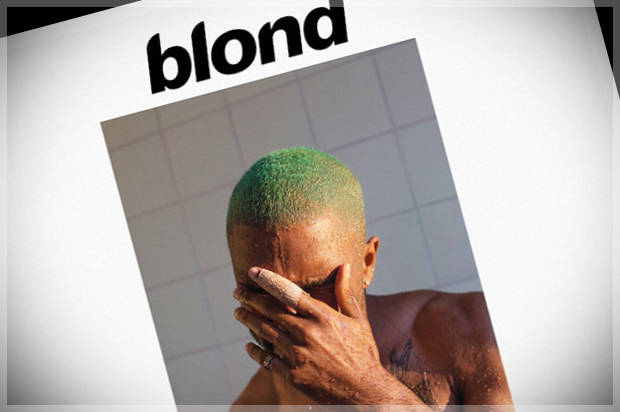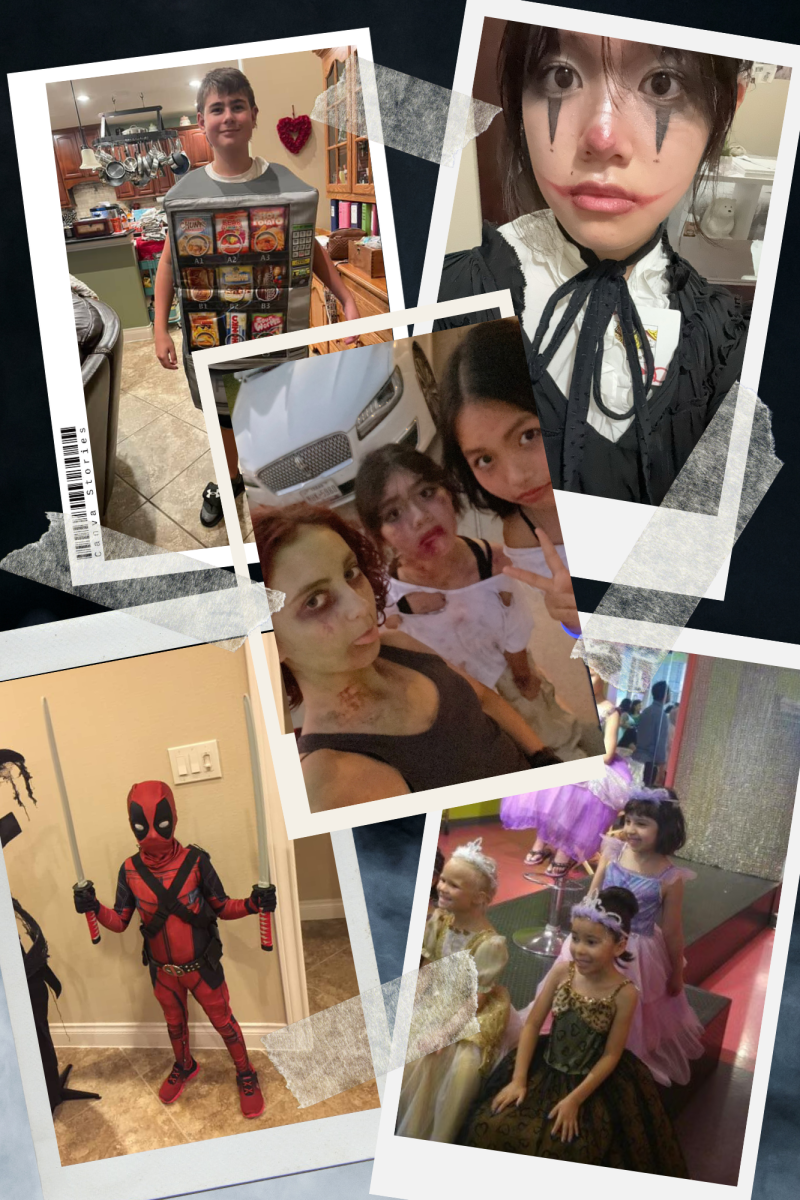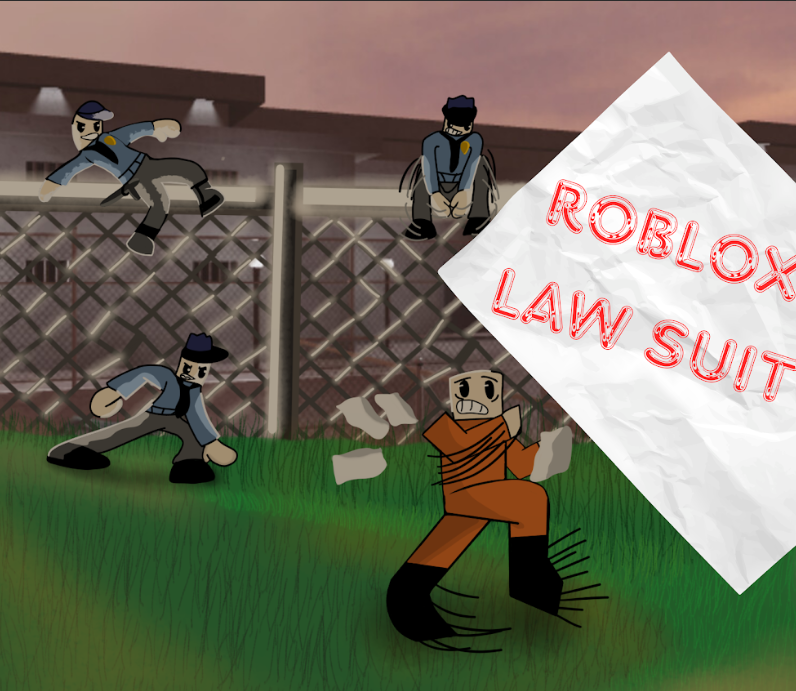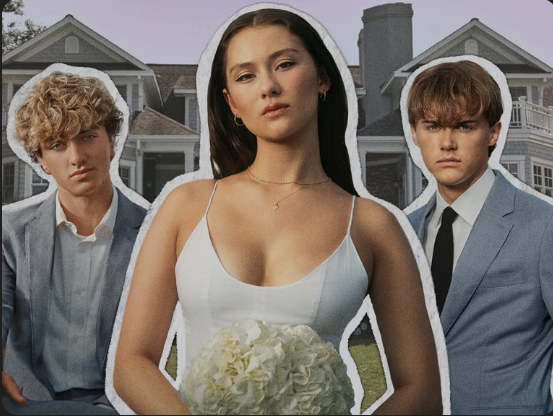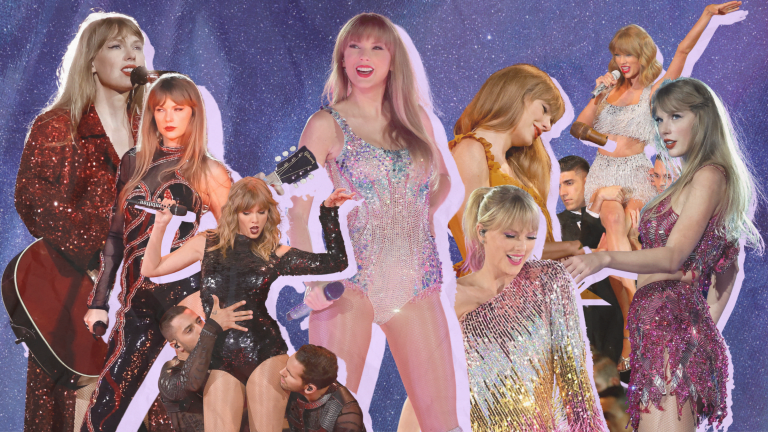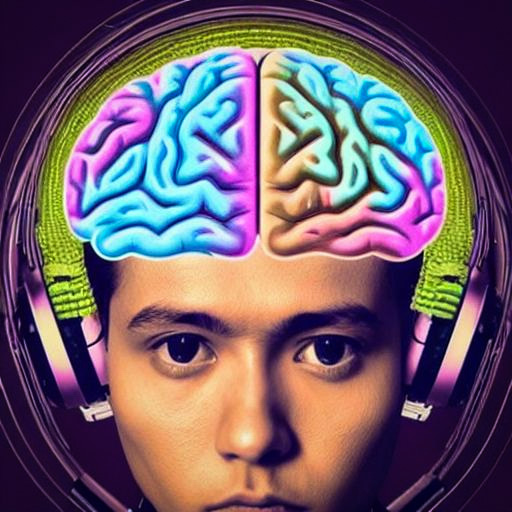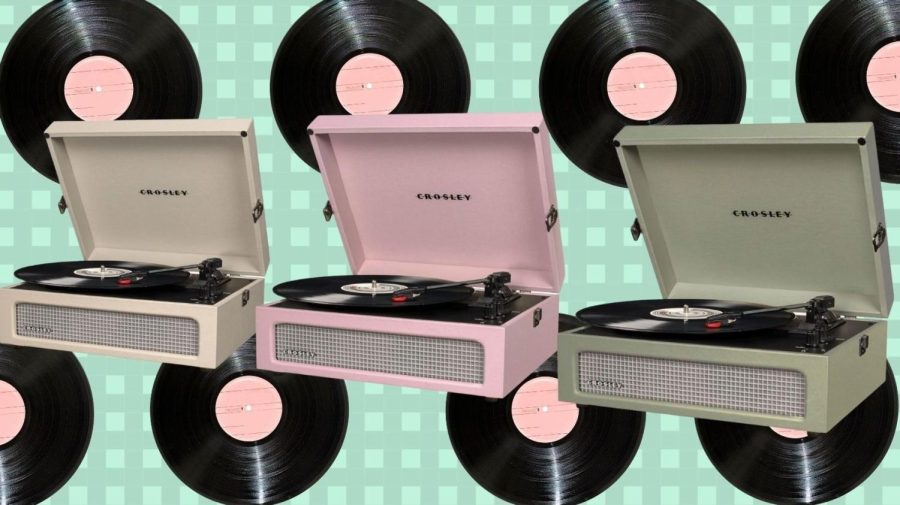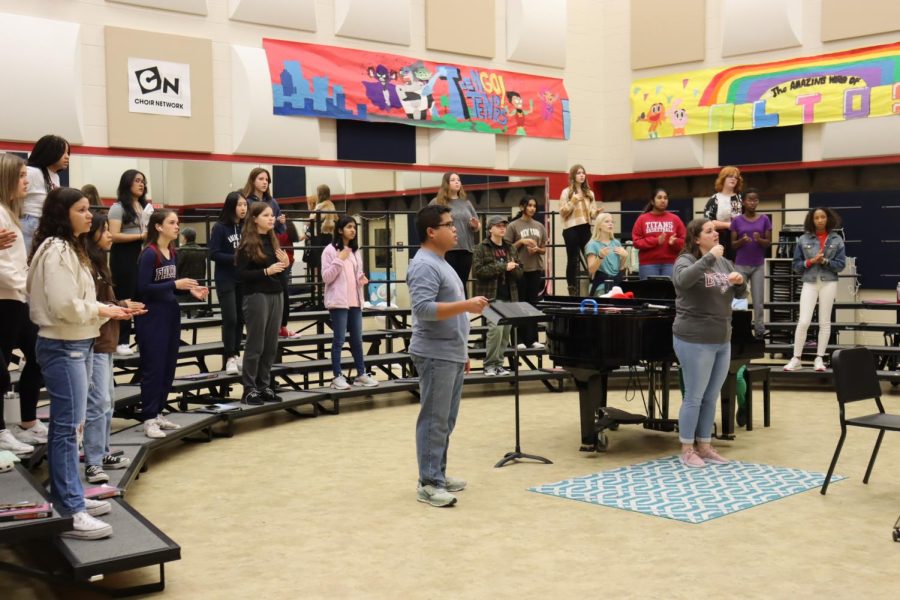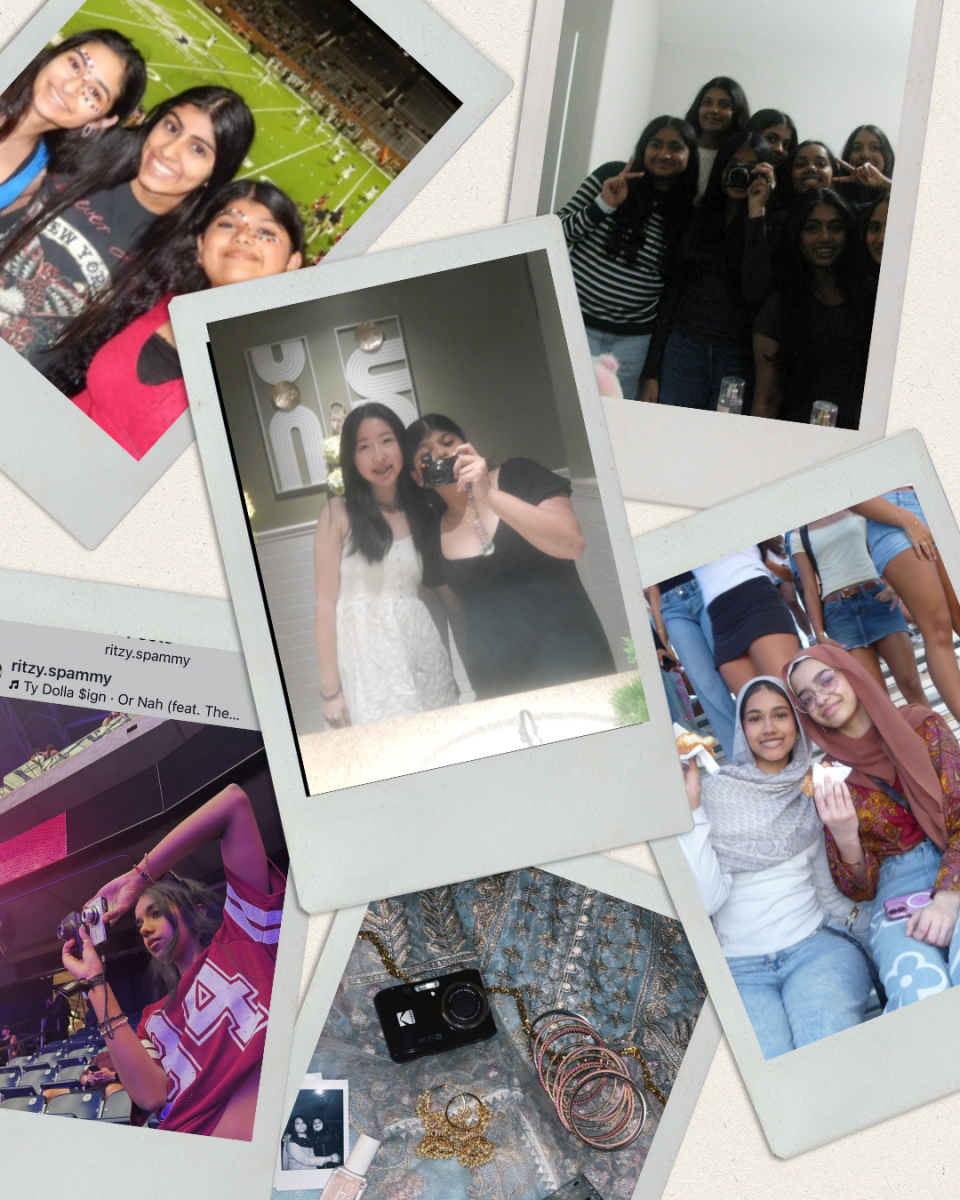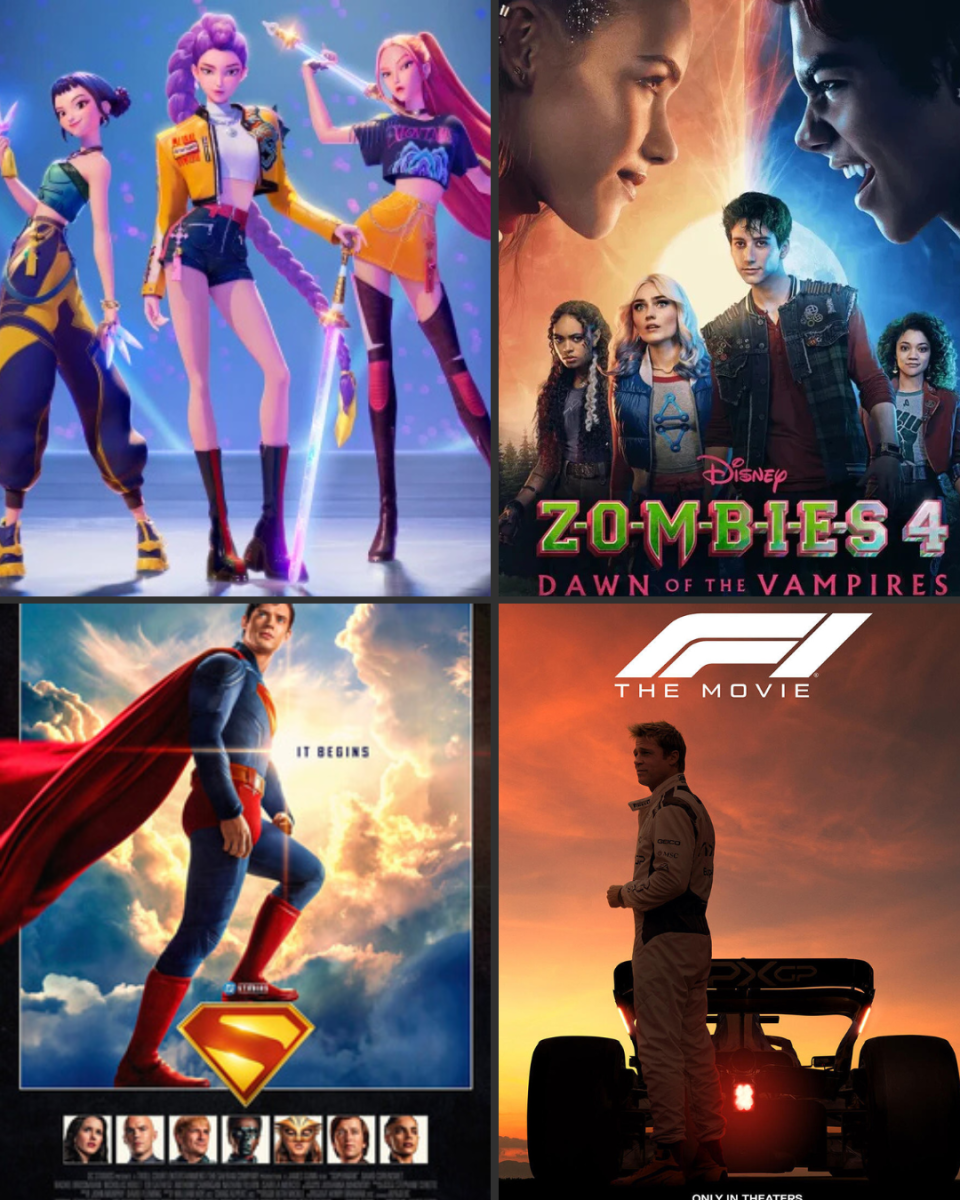When Frank Ocean released his major-debut album, Channel Orange, he was still considered an ‘underground’ artist, but that would change in a matter of months as the album was declared a classic by “Pitchfork,” “Rolling Stone” and multiple other music magazines. Channel Orange did what no other R&B album had done before. Ocean told fantastical narratives about ancient pharaoh queens and 21st –century pimps that felt somehow timeless and familiar. He crafted an album of his own mythological universe and decided to bring us along his purposeful, but meandering journey. At 24 years-old, Ocean had created an album that guaranteed him a spot along the R&B gods, but then he disappeared for four years.
Ocean went into hibernation and left us with Channel Orange’s 17-track playlist to dissect over and over and over again. With each listen, the album revealed more about Ocean’s out of reach happiness, the idea of love and the confusion of a young man forging an unfamiliar path. Fans wanted to know more about Ocean’s love affairs, his newfound fame and the spoils that came along with it, but the singer-songwriter gave fans no word of another project. As the years passed, it was hypothesized that Channel Orange would be the only evidence of Ocean’s artistry. Just as the grains of hope were settling in the hourglass, Blonde, stylized as blond, was discreetly released on iTunes.
Sonically, Blonde sounds like it was written and produced by an entirely different artist. The funk and soul that was prominent in Channel Orange is nowhere to be found, and the R&B bass that banged along Ocean’s poetic lyrics was replaced with an acoustic guitar. Blonde is Channel Orange’s alter ego. Whereas Ocean’s first album was complex and showed off an expansive eclecticism, Blonde is sparse in nature and suggests an individual in a small apartment with nothing more than a keyboard and notepad. Ocean wrote an album that needs the listener to unravel his intimate thoughts about just existing. The stories he tells find solace in sorrow, offer views into unseen places and exposes life to its naked core.
There is a fragility to the album, until Ocean’s voice sheds a soft spotlight on it. One could mistake the project as elevator music, until Ocean captures the listener’s attention with powerful lines such as “RIP Trayvon, he looks just like me.” The album was produced to be somewhat minimalist, yet it is more intricate than any other album released in 2016, and the beauty of Ocean’s projects is the different stories that personally resonate with the listener on the second or fifth or eighth listen.
Ocean makes it clear that he is following no one but himself on Blonde. As a 28 year-old, his vocals have improved and his tales have gotten even more abstract. Ocean has big questions on his mind as he is aware of his morality now. He reveals his thoughts about Hurricane Katrina and contemplates settling down with “two kids and a swimming pool.” Though Blonde is Ocean’s most personal album to date, he still has features from mainstream artists like Beyonce, Kendrick Lamar and Andre 3000 that make it more accessible to radio junkies.
The last song on Blonde is a series of old interviews in which Ocean’s friends and his younger brother, Ryan, reminisce about life. Ocean ends his second masterpiece by taking a final look through the rearview mirror. As the young children answer the interviewer’s questions, carefree laughs have been looped in the background-an element that the album, and Ocean have been missing from the start. The album is rich in wordplay and melodies, and the simplistic ending emphasizes the impressionism found on the rest of the album.
Blonde’s greatest feat is its ability to expand when it’s listened to in a new mindset. Ocean is more than his voice, and Blonde sees him illustrate all the ways in which he is a true artist. Whether Ocean’s four year hiatus was worth the wait, is up to the listener, but Blonde is the most sincere, and transparent album that music has seen in years.

